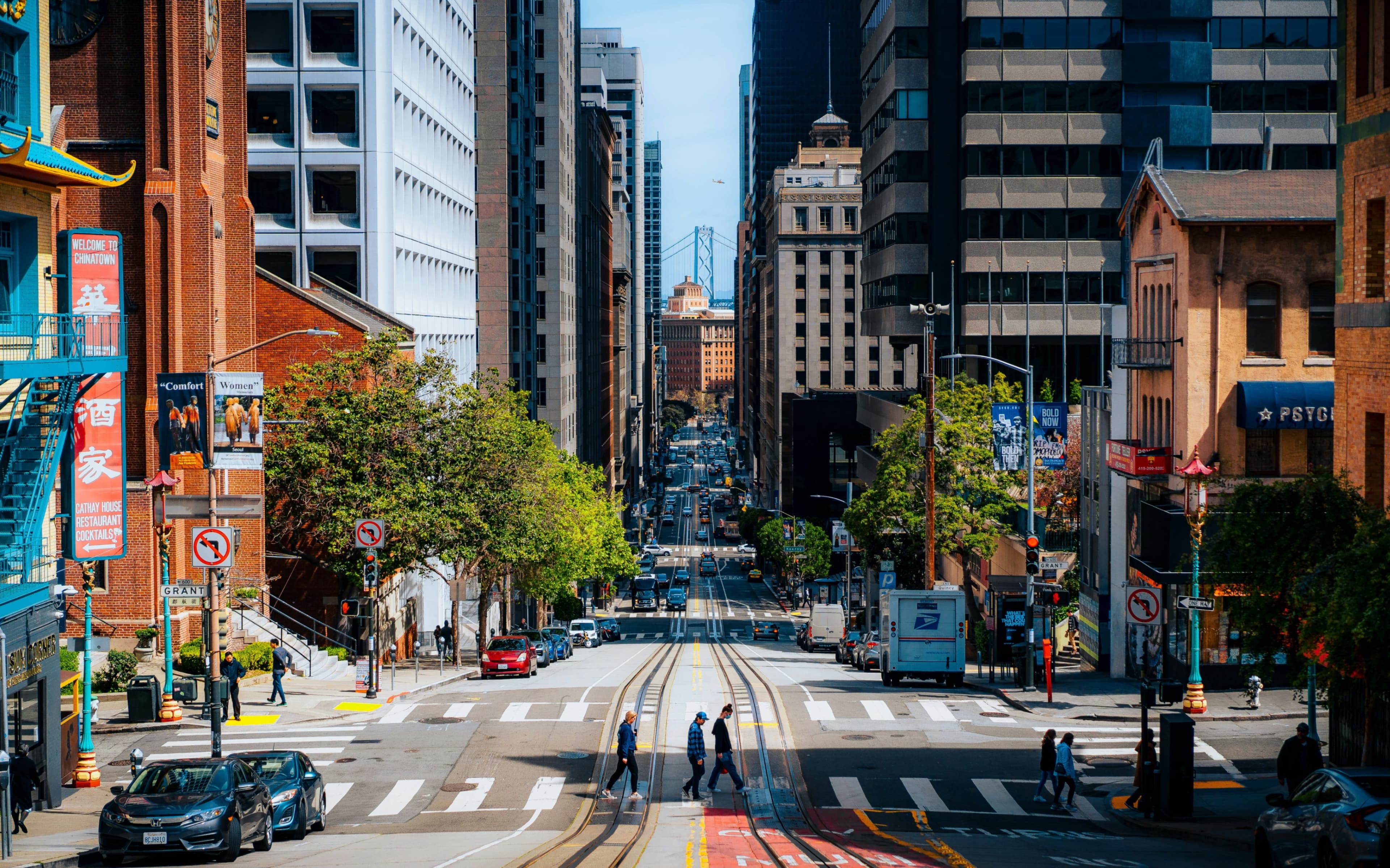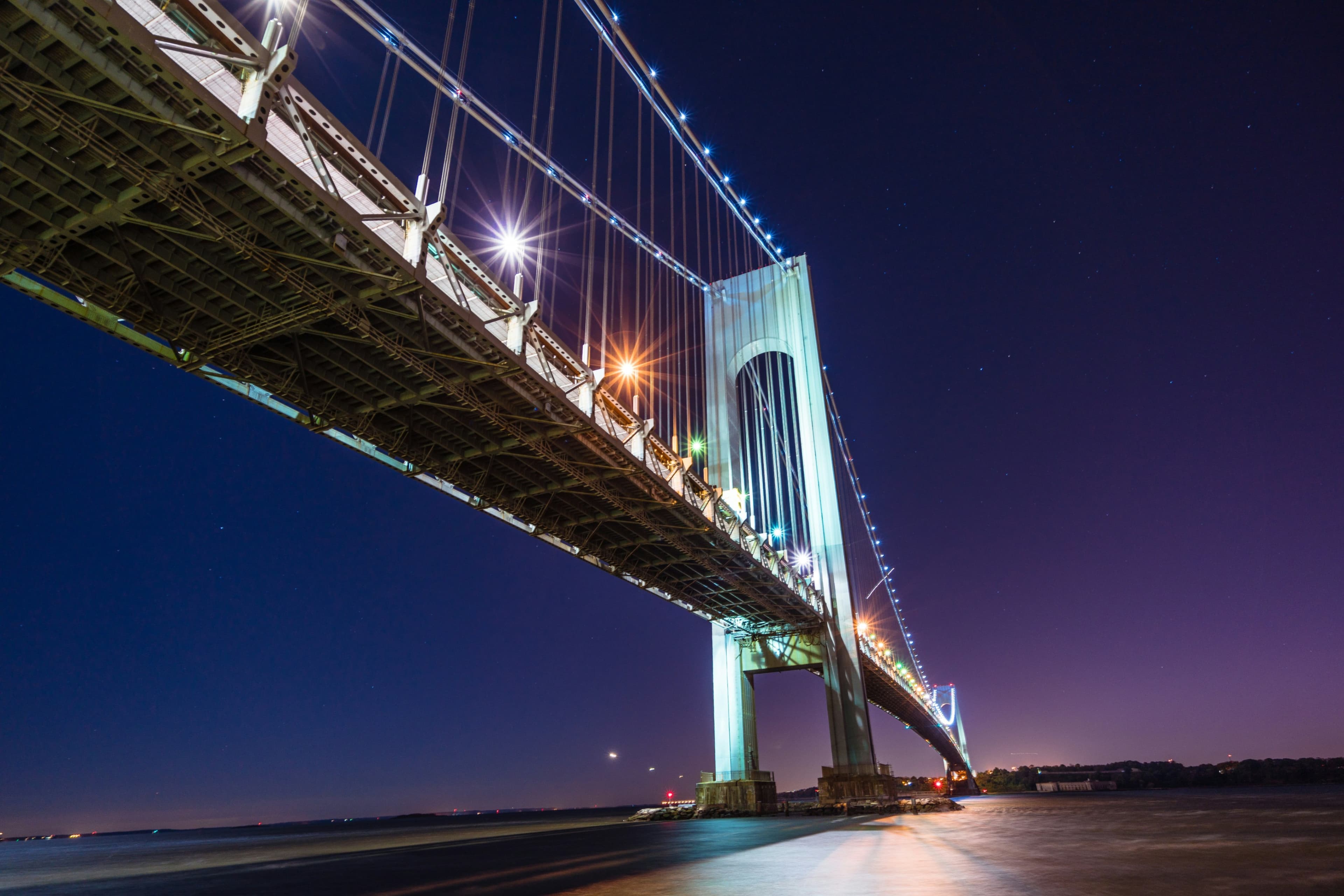
Tactical Urbanism in Action: Bridging Infrastructure and Creative Collaboration
When we collaborated with local artists and business owners to transform a portion of Main Street into a weekend festival zone, the project required more than artistic vision. It required a detailed understanding of municipal infrastructure: traffic rerouting, utility access, ADA compliance, and temporary power solutions. These elements are often invisible to the public, but they are foundational to creating safe, functional spaces. Coordination between departments—transportation, public works, permitting, and economic development—was essential. We held inter-agency meetings weekly in the early planning stages to ensure alignment on timelines and responsibilities.
One early challenge was reconciling the temporary nature of the installation with the permanent infrastructure systems in place. For instance, the fire marshal required unimpeded access routes for emergency vehicles, which meant rethinking how vendor booths and artist installations were arranged. Public works helped identify temporary water hook-ups and ensured that sidewalk curb ramps met accessibility standards. These adjustments required close collaboration and clear communication between the creative team and infrastructure staff. In retrospect, including infrastructure personnel in the initial design visioning phase, rather than as a checkpoint later, helped prevent costly redesigns and delays.
Navigating Permitting and Funding Logistics
Permitting for temporary urban interventions often tests the flexibility of municipal codes. Our standard event permit process did not account for semi-permanent installations like parklets or pop-up stages that remain in place for weeks. We worked with our city’s legal and building departments to draft a temporary use permit category tailored to creative placemaking projects. This gave us a procedural pathway to approve projects without compromising safety or setting problematic precedents. The new permit type included guidelines on structural integrity, maintenance responsibilities, liability coverage, and removal timelines.
Funding was another hurdle. Traditional capital improvement budgets are not designed for small, fast-turnaround initiatives. We pieced together a mosaic of funding from local business improvement districts, arts grants, and in-kind support from city departments. The National Endowment for the Arts' Our Town program, which supports creative placemaking partnerships, was instrumental in one project due to its emphasis on cross-sector collaboration and community engagement1. We also found that modest seed funding from the city encouraged private sponsors to contribute, creating a multiplier effect. Written agreements specifying roles and financial contributions helped ensure accountability and transparency.
Measuring Impact and Building Institutional Support
Evaluation is often an afterthought in placemaking, but we learned it needs to be part of the design process from day one. For our projects, we developed simple metrics that combin
Read-Only
$3.99/month
- ✓ Unlimited article access
- ✓ Profile setup & commenting
- ✓ Newsletter
Essential
$6.99/month
- ✓ All Read-Only features
- ✓ Connect with subscribers
- ✓ Private messaging
- ✓ Access to CityGov AI
- ✓ 5 submissions, 2 publications
Premium
$9.99/month
- ✓ All Essential features
- 3 publications
- ✓ Library function access
- ✓ Spotlight feature
- ✓ Expert verification
- ✓ Early access to new features
More from Infrastructure
Explore related articles on similar topics





